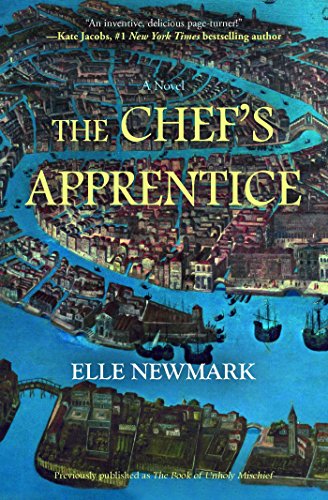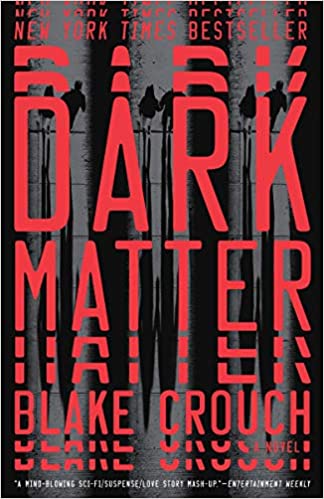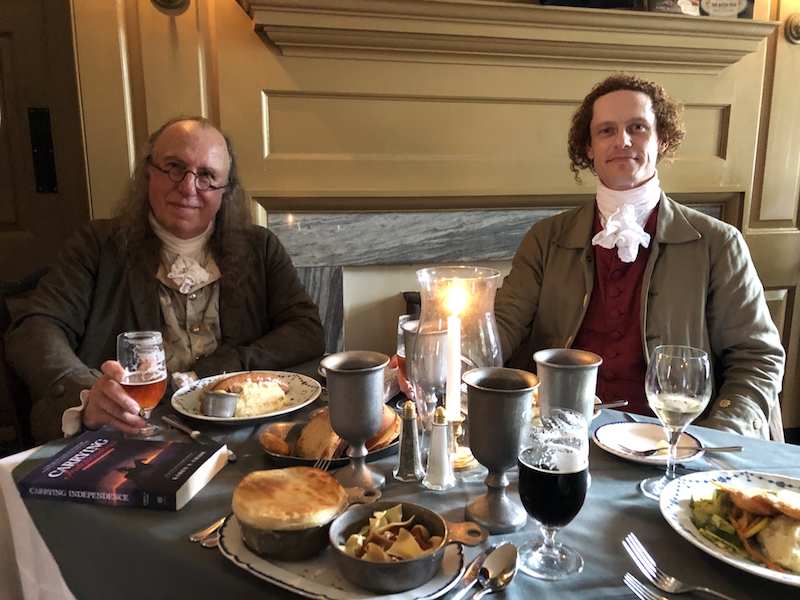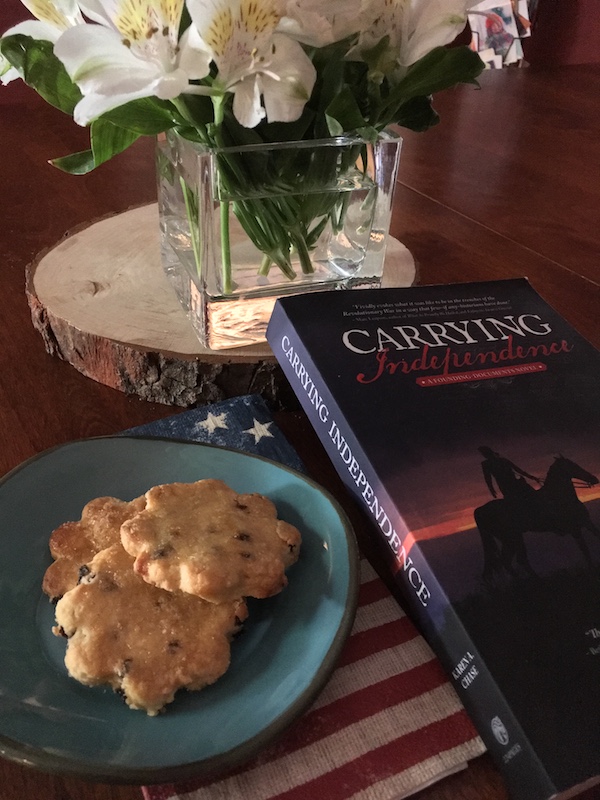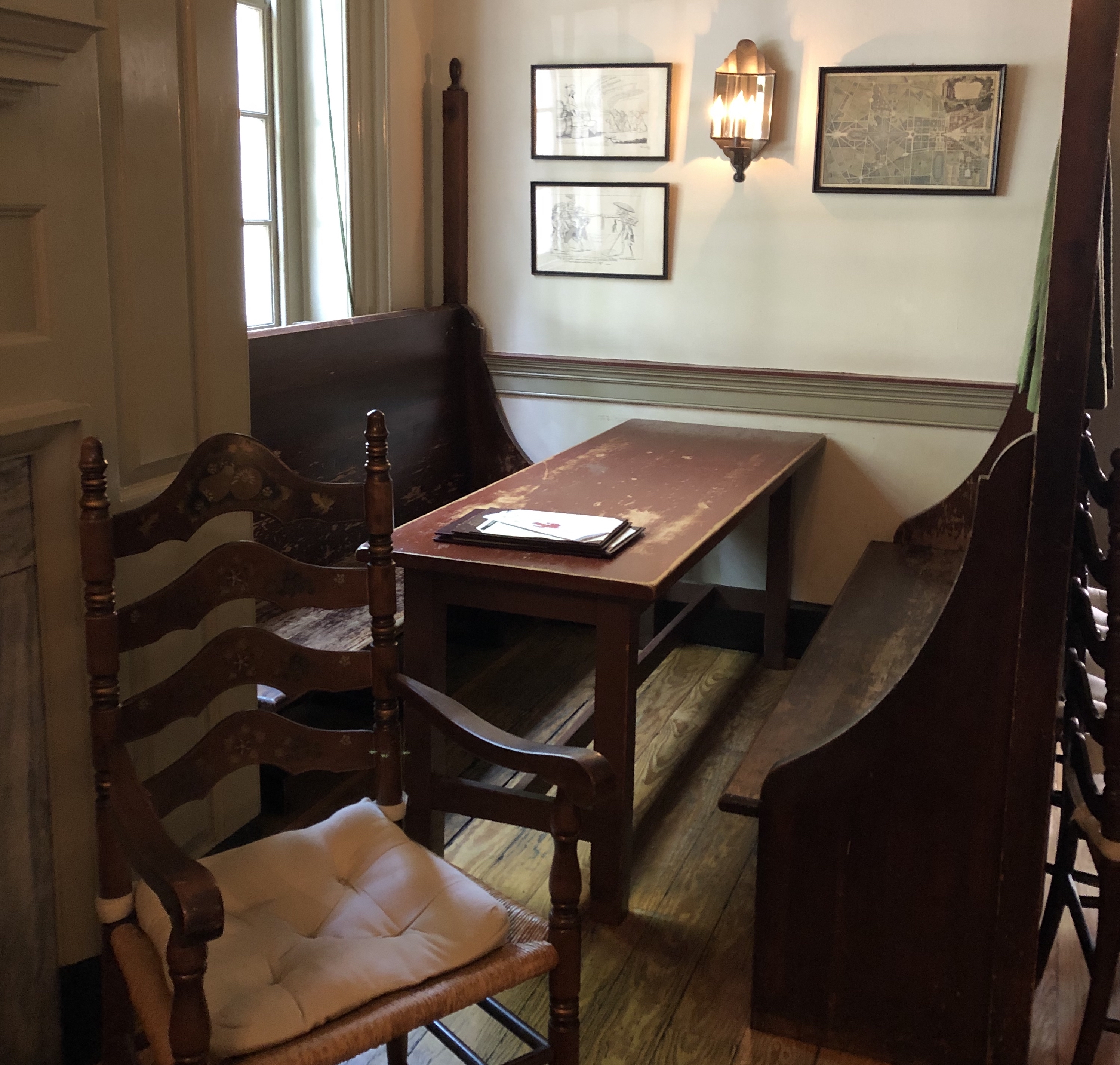Over the last couple of weeks, I conducted two live webinars on the topic of researching female historical figures or ancestors using some of my own organization and exploration methods—those of a historical novelist.
In total, over 535 people registered for the webinars, and a great portion of them are now out there thinking about their endeavors a little differently. They’re not researchers or genealogists. They’re storytellers.
Why researchers need to think like novelists?
Gathering dates about a person’s life ignores (and worse, buries) the impact of that life. Think of your own history. If I only knew family tree facts about you—the dates and locations of birth, death, and marriage for your family, children, and in-laws… Well, how much would I really understand about your life story?
I’d be ignoring your education, career, your neighbors and friends, your book clubs, adventures, influences, hopes, disappointments, and all your small and significant milestones. I’d also be unable to determine your contributions, if any, to our greater American story.
Why details in women’s stories matters.
Gathering only dates about female ancestors—or “Patriots” as they are known in the Daughters of the American Revolution (DAR)—perpetuates a major problem in our educational system; the women are not being shown as integral to American history in proportion to their contributions and achievements.
By gathering only genealogical details, researchers like Margot Shetterly would not have unearthed the hidden figures in our history. Margot’s deeper exploration helped us learn about all those women, like mathematician Katherine Johnson, who helped humans go to the moon.
American history is a human story.
It’s easy when there are over 900 biographies of George Washington, to think that American history was primarily made by men. Thankfully, a few of those biographies are written by women (thank you, Alexis Coe), but casting blame as to why women’s contributions are only a small portion of our collective American history, isn’t going to change it. We must change it.
Your mission is to become storytellers.
We must look at American history as human, and to do that more women need to become storytellers who can balance the history by showing us the other gender.
Together, along with 185,000 DAR members doing the same, we can show future generations how women—both famous and ordinary—contributed in extraordinary ways to our American history.
How to conduct and organize research.
Okay, but how do you become a storyteller? Like a novelist, you need to expand your subject’s network, and then you need to better catalog your own researcher’s network.
My video and links below will help you come to understand these two areas. This is the full webinar, free to watch. Included below are links the notes and the networking charts explained in the webinar.
Watch. Share this post.
Together we women can rise and shine the light on women’s history.
Download RESEARCH PRESENTATION NOTES here.
Download the SUBJECT’S & RESEARCHER’S NETWORKING CHARTS here.
. . . . . . . . . . . . . . . . . . . . . . . . . . . . . .
GET THE NOVEL: If the webinar content impacts your thinking, I hope you’ll order a copy of Carrying Independence to show your support for such presentations, and to see my research suggestions in action. Print & Ebook retailers, and excerpts can be found at: CarryingIndependence.com.
. . . . . . . . . . . . . . . . . . . . . . . . . . . . . .
A big thank you to Amy Garelick of PowerUp Video for assisting with the video editing. She’s also provides video event production and assistance.
For more history nerd posts like these, subscribe to the blog. Guest posts are welcomed and encouraged. Contact me for details.




